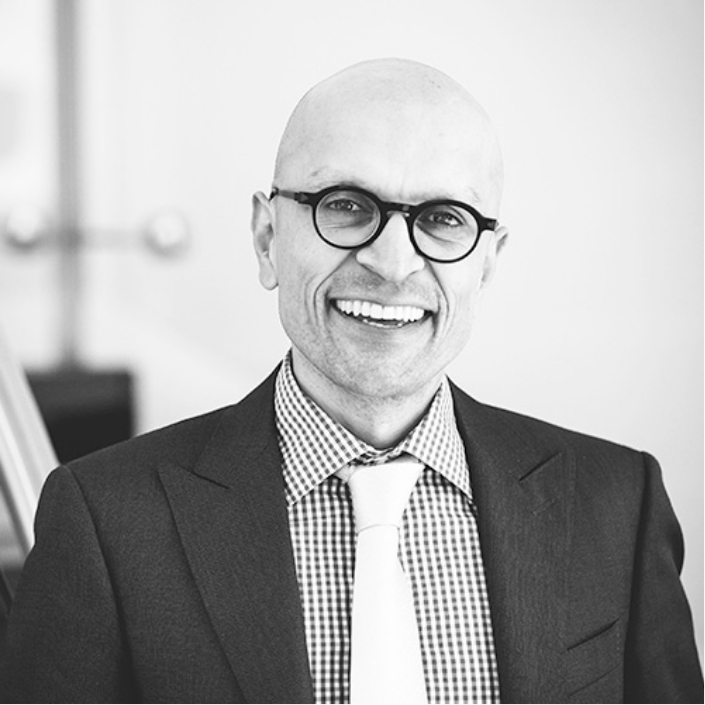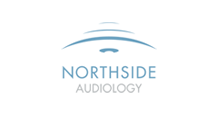Bone Anchored Hearing Aid
Am I a Candidate for a Cochlear Bone Anchored Hearing Aids (BAHA)?
If you have one of the following types of hearing impairment, you could benefit from Bone Anchored Hearing Aid (BAHA):
- Single sided deafness
- Bilateral conductive hearing loss
- Congenital malformations
- Any type of hearing loss where chronic conditions of the outer ear prevent use of a hearing aid
What can a Cochlear BAHA do for me?
BAHA’s work by conducting the sound directly through your bone, via a small titanium implant sound processor placed behind the ear. The ear canal and middle ear are bypassed, and the sound is conducted directly through the bone. This process overcomes many of the traditional drawbacks of hearing aids, by providing a direct path to the cochlea.
Will a Cochlear BAHA Allow Me to Hear Music?
The ease with which you can hear the nuances of music after BAHA implantation depends on your prior experience with music. Those with congenital hearing abnormalities will need motivation and practice to hear the complexities of music.
Can I Still Swim or Play Sport With a BAHA?
Swimming and playing sport is still possible with a BAHA. If you want to play contact sports, we recommend you use a helmet to protect the equipment. Additionally, you will need to remove the external component to swim, as you would with a hearing aid. The abutment will not be affected by water, however without the external component you cannot hear.
What accessories can be used with a Baha?
Various accessories are available for BAHAs, including devices that allow direct audio input from external devices. The various options are best explored in a consultation.
Are there any age restrictions to receiving a Baha?
Bone quality and growth factors, not age, determine who can receive a BAHA. Usually patients over the age of 6 can safely have a BAHA put in.
Videos relating to Bone Anchored Hearing Aid
Video by Associate Professor Nirmal Patel.
Additional information
How long does surgery take?
BAHA implantation surgery can be performed under general or local anaesthesia, and usually does not require an overnight stay in hospital. The pain following surgery is usually minimal. Most people can return to work and school within 3-7 days.
What happens during surgery?
Your surgeon, Dr Nirmal Patel will be able to fill you in on the particular details of your BAHA implantation surgery.
What happens after my BAHA implantation?
Your surgeon will need to allow time for the implanted abutment to heal and settle. Therefore the sound processor part of your BAHA will be fitted around 2-3 months after the initial surgery.
The amount of hearing regained depends on a great many individual factors. Your surgeon will be able to let you know how you can look after your implant to get the best result and what your expectations regarding hearing acuity should be.
Does BAHA surgery have any risks?
All surgical procedures involve some degree of risk. BAHA implantation patients most often experience transient problems like superficial skin infections, which can be resolved with good hygiene and antibiotics if necessary. There are also risks with all general anaesthesia.
In a very small percentage of cases, there may be an injury to the membranes surrounding the brain, with the chance of a cerebrospinal fluid leak. However, there is usually a layer of skull bone as well as the dura mater between the BAHA and your brain tissue.
Your surgeon should discuss the potential side effects and complications with you prior to deciding to go ahead with the surgery. Your particular risks may be determined from your medical history.
 Fortunately, BAHAs are designed to be upgradable as new sound processor technology is developed. There is no reason to wait for technical advances to have your BAHA implanted. This is because the technology is built into the external component, so no further surgery is required.
Fortunately, BAHAs are designed to be upgradable as new sound processor technology is developed. There is no reason to wait for technical advances to have your BAHA implanted. This is because the technology is built into the external component, so no further surgery is required.
The cost will vary per individual case, as will health insurance coverage of the implant. Make sure you understand all surgical costs, pre-implant and post-implant assessment costs, support and supplies costs.
Your surgeon and implant audiologist will be able to fully inform you about payment options.
There is a clear process for having your BAHA implanted.
- You should make an initial appointment with Sydney Hills ENT Clinic specialist BAHA surgeon, Dr Nirmal Patel
- A medical evaluation is undertaken to assess your suitability
- A secondary appointment with a BAHA audiologist is scheduled to trial the BAHA system. We prefer the implant audiologists at Northside Audiology.(www.northsideaudiology.com.au).
- Your surgery date is scheduled after discussions between the surgeon and implant audiologist.
- The External component is attached 2-3 months after the initial surgery and the external processor is programmed (“The Switch on Date”).
The BAHA is a relatively new device, and as such you may want to talk to some of our previous recipients about their experience with it.
Please get in contact with the Sydney Hills ENT Clinic (02 8882 9477) or Northside Audiology (www.northsideaudiology.com.au) for the names and phone numbers of patients who are happy to discuss concerns with potential BAHA recipients.
Other Services
Other Services
Still have a question?
Our team will be happy to answer any questions you may have about Bone Anchored Hearing Aids.







